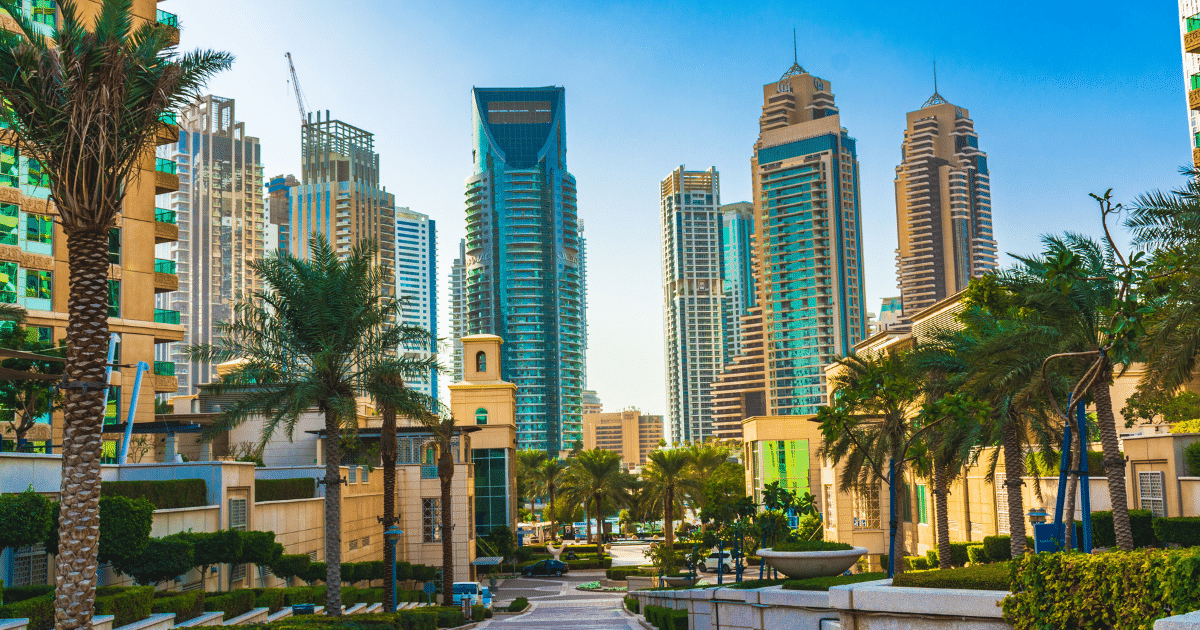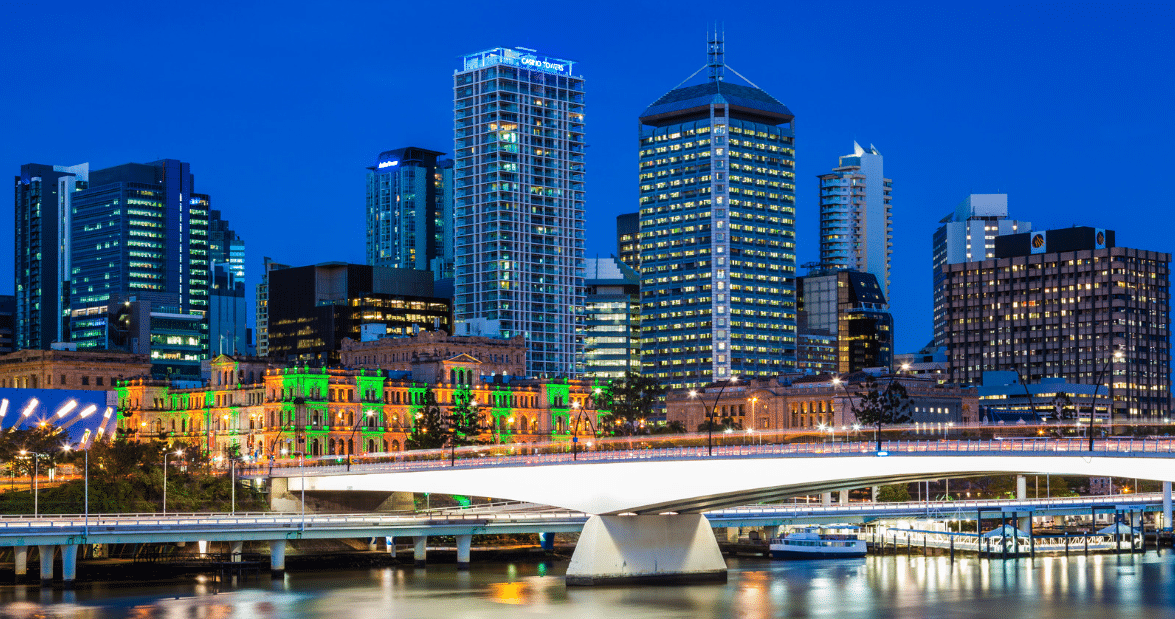Australia recorded its lowest population growth in more than a century, leading to calls for reopening borders for skilled migration to gain pace.
The Australian population, which had been growing at a healthy rate before the coronavirus pandemic, reached 25.5 million from less than 19 million between 2000 and the beginning of 2020.
However, since the coronavirus outbreak forced Australia to close its borders and impose strict travel restrictions, the population growth has declined to just 0.5 per cent – the lowest rate since World War I.
In 2019, Australia’s population rose by more than 247,000. The main driving force behind this population growth was the arrival of skilled migrants to Australia.
In contrast, 2020 saw Australia’s population grow by 136,261 people, only 3,253 of whom were migrants.
According to a report by the Australian Bureau of Statistics (ABS), 98 per cent of Australia’s population growth last year was due to births.
This is a telling statistic for Australia’s population growth, given that Australia has been a migrant-friendly country for years prior to the pandemic; 30 per cent of Australia’ total population were born overseas.
The report also showed that the severe impact Covid-19 has had on Australia’s migration program included a drastically reduced arrival of migrants and international students due to halted international travel, as well as widespread disruptions in interstate migration.
Amidst all the uncertainty surrounding Australian immigration, industries in the country have been hit particularly hard by the lack of skilled migrants arriving in Australia.
Restaurant and Catering Australia, a peak group of Australia’s hospitality sector, recently said that businesses in the sector had reported up to 100,000 positions left unfilled due to a lack of skilled migrants.
Many Australian businesses are not even listing their vacancies anymore, seeing as there are not enough qualified candidates who can apply, said Mr Wes Lambert, chief executive of Restaurant and Catering Australia.
Instead of recovering their businesses, owners are having to shut up shop for days due to not being able to employ skilled migrants, he said.
As calls to reopen Australia’s borders for skilled migration gain momentum, the Australian government has started working to restart skilled migration to Australia, and has recently expanded its Priority Migration Skilled Occupation List (PMSOL) by 22 occupations to bring the total number of critical occupations to 41.
New occupations added to the PMSOL include chefs, accountants and skilled migrants from various engineering disciplines.
Skilled migrants belonging to a priority occupation can have their migration application to Australia fast-tracked by priority processing, and travel to Australia to rejuvenate the country’s workforce.






